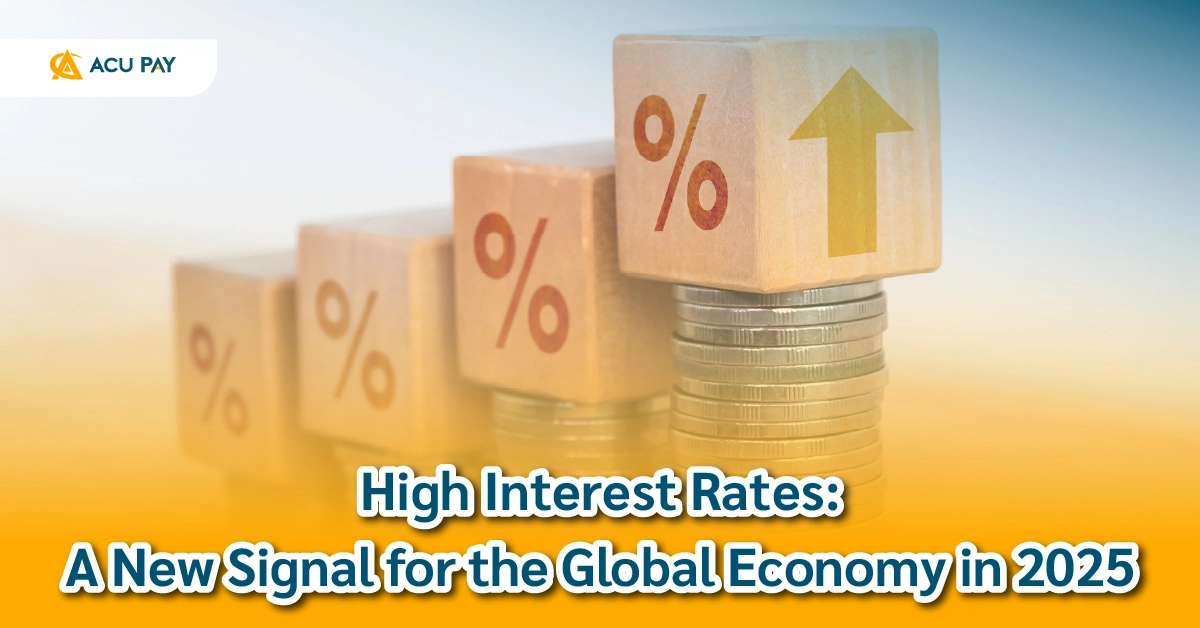

Although inflation in the U.S. has started to decline—May’s Consumer Price Index (CPI) stood at 3.3% year-over-year, down more than 6% from two years ago—the U.S. Federal Reserve (Fed) continues to hold interest rates at a 20-year high of 5.25%–5.50% in an effort to maintain inflation control. There is no clear signal of a rate cut anytime soon. Moreover, the U.S. labor market remains strong, with unemployment below 4% and continued wage growth.
The European Central Bank (ECB) became the first major central bank to begin easing interest rates, cutting by 0.25% in June to a deposit rate of 2.00%. However, the ECB has not signaled further rate cuts, as the Eurozone economy remains fragile. GDP in Q1 of 2025 grew only 0.4%, putting the ECB in a difficult position as it tries to stabilize economic recovery.
The World Bank forecasts global GDP growth in 2025 to reach just 2.4%, which is low compared to previous years. Emerging markets are grappling with currency depreciation, capital outflows, and rising borrowing costs, all of which are hampering investment and post-COVID-19 recovery.
While high interest rates may seem burdensome, they also reflect a more stable global financial system that is “resetting” toward a balanced state. Many countries are using this opportunity to restructure their economies, reduce reliance on stimulus, and promote new paradigms—especially in green and digital technologies. Investors are turning to government bonds and fixed-income securities for more stable returns, while businesses are shifting their focus to cost control and operational efficiency instead of debt-driven growth.
In 2025, Thailand continues to face uncertainty stemming from the global economy. Exports depend on key trading partners, and although tourism has recovered, it has yet to reach full potential. The policy interest rate remains at 2.50%, reflecting an attempt to balance inflation control and domestic economic stimulus.
Several Southeast Asian countries have opted for tight monetary policies while promoting economic growth through infrastructure investment and private sector development—hoping to build resilient domestic economies capable of withstanding external shocks.
High interest rates in 2025 do not necessarily signal the onset of a recession, but rather the central banks doing their part to manage inflation and maintain stability. Understanding the economy is therefore essential for everyone.

Make all your financial matters easy. Start a great day with us. MAKE A GREAT DAY WITH ACU PAY.